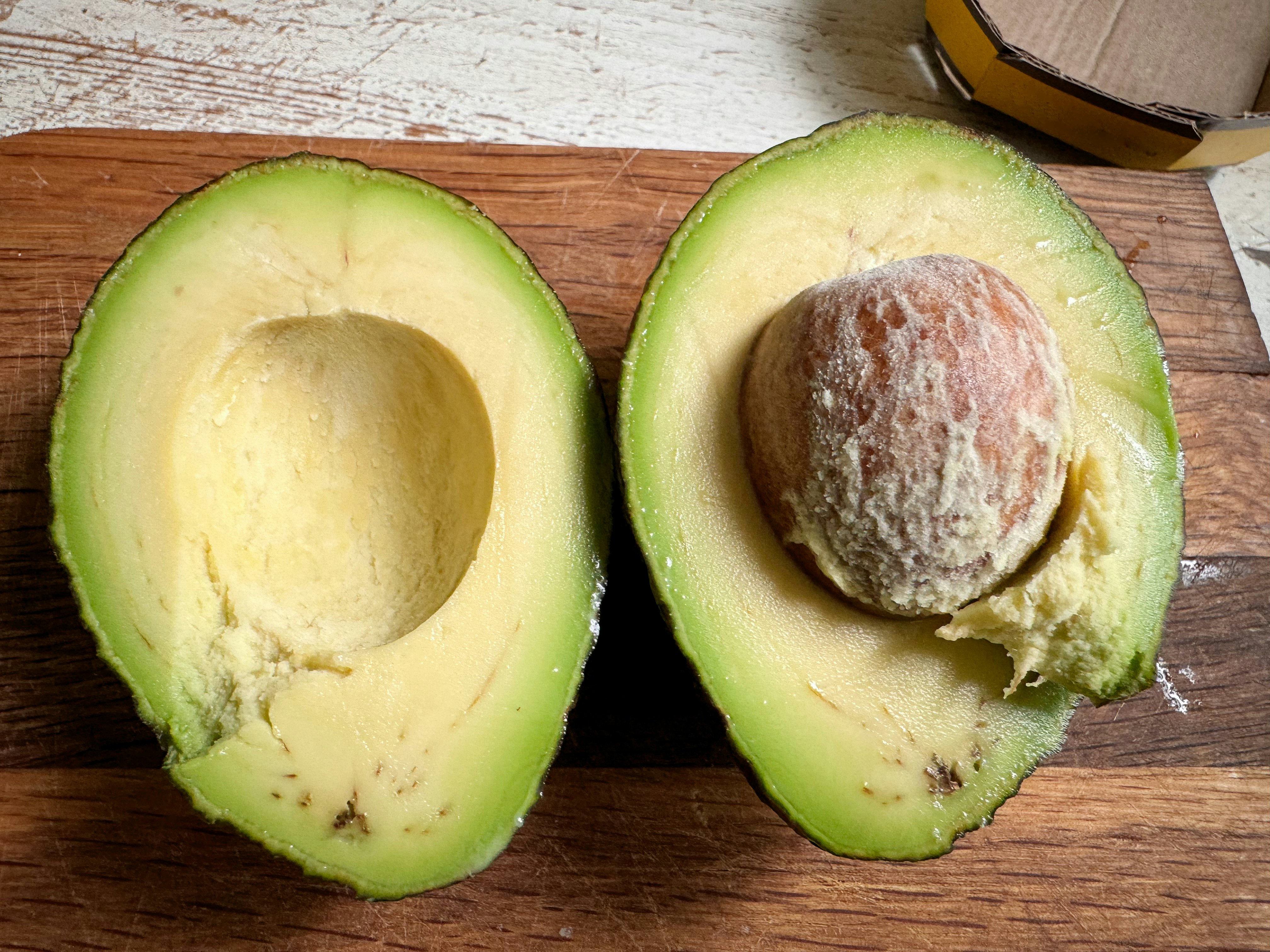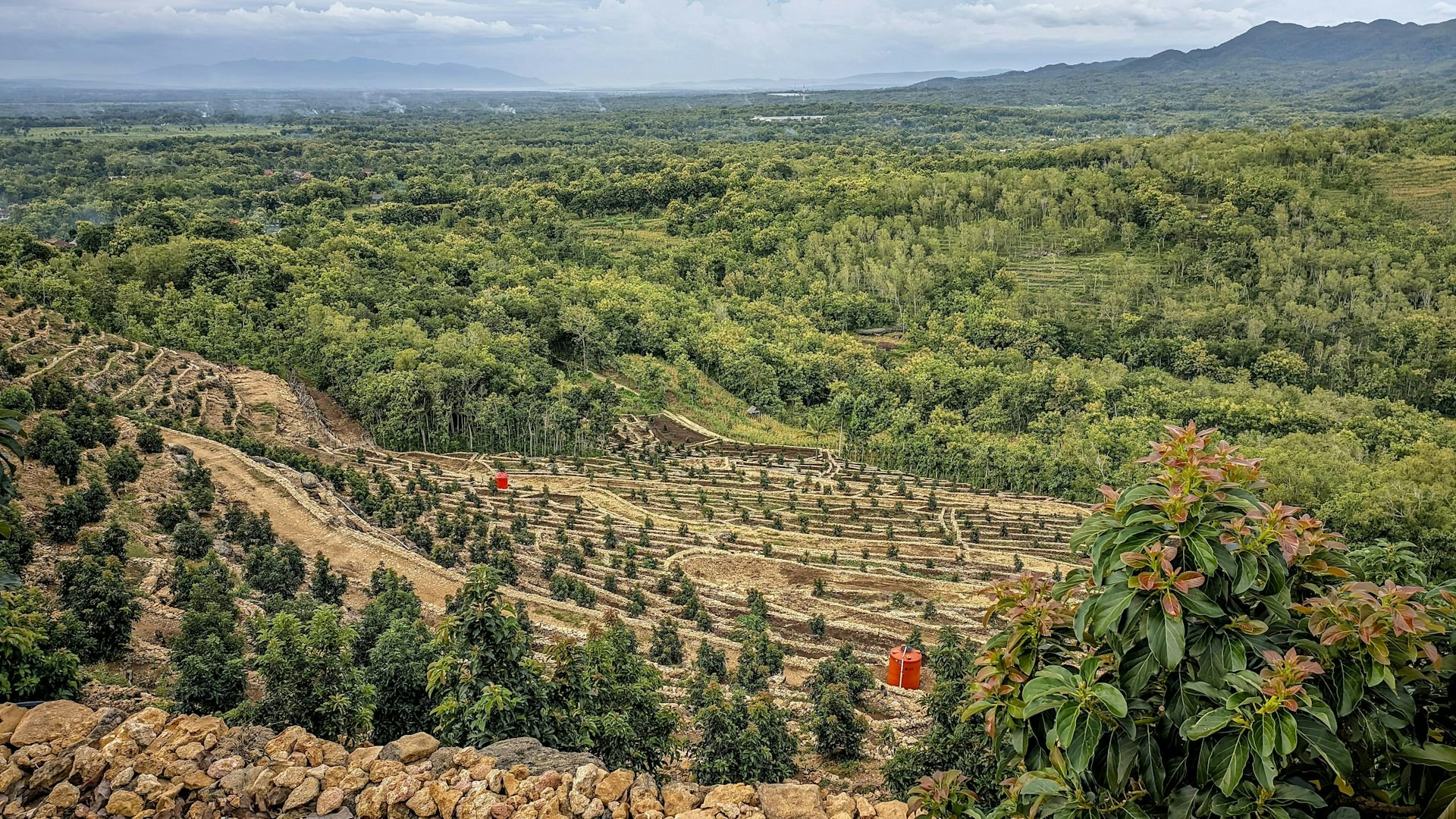
The soaring demand for avocados in Europe and North America has led to a trebling of global production in just over 20 years. However, this popular fruit is increasingly controversial because of the environmental impacts of farming and distributing them around the world.
These issues are not inherent to avocados themselves, which could still be a part of a sustainable, healthy diet. But rather they reflect some of the deep-rooted problems associated with their production.
Avocados are native to Central and South America, where the warm, temperate climate provides ideal growing conditions. There are hundreds of varieties. However, the one that most of us are familiar with today is the Hass variety, which can be traced back to a single tree planted almost 100 years ago.
Part of the avocado’s rise in popularity over recent decades has come from its marketing as a “superfood”. While some health claims may have been overstated, they are indeed a good source of vitamins, minerals and unsaturated fats, which give them their satisfying, creamy texture.
So why have avocados become so controversial? Like a lot of modern agriculture, most avocado plantations rely heavily on fertiliser and fossil fuels, contributing to rising greenhouse gas emissions. They have smaller yields than a lot of other crops and so have a higher carbon footprint per kilogram of fruit.
On average, avocados have a carbon footprint of around 2.5kg of CO₂ equivalent (kg CO₂e) per kg – that’s all the greenhouse gases resulting from producing and transporting avocados, such as carbon dioxide, methane, and nitrous oxide, rolled into the CO₂ equivalent of warming.
The carbon footprint of avocados is more than twice as high as bananas (0.9kg CO₂e per kg) and over five times higher than apples (0.4kg CO₂e per kg), although it is only slightly worse than tomatoes (2kg CO₂e per kg).
However, these figures are small compared to the global average carbon footprint of most animal-derived products. A kilogram of eggs has a carbon footprint of 4.6kg CO₂e, a kilogram of chicken comes in at 9.8kg CO₂e, and a kilogram of beef results in a whopping 85kg CO₂e on average.
For those outside the Americas, the large distances avocados often travel may not be as big a deal as is commonly believed, at least in carbon terms. The vast majority of avocados are shipped, which is relatively low carbon because of the huge quantities that can be transported in a single voyage. Even when they are transported thousands of miles, shipping results in just 0.2kg CO₂e per kg of avocados, which is often much less than the footprint from growing them.
Shipping does entail other issues. Over-reliance on shipping has created a food system that is vulnerable to shocks and disruptions, where logjams and logistical bottlenecks (for example, the blockage of the Suez Canal by a container ship in 2021), famines or wars in one part of the world can lead to disruptions or food shortages in many other countries.
The problem is likely to increase as the climate crisis deepens. This issue is not unique to avocados, but moving towards more locally supplied foods may build more resiliency and help protect against future food shortages.
An environmental burden
Avocado trees are very thirsty plants, requiring an average of around 1,000 liters of water per kg. This is higher than most other fruits and vegetables but lower than some cereals such as rice. The main issue is that avocados are grown in regions that are already water-stressed.
Mexico, the world’s top avocado producer, is experiencing prolonged periods of drought, so irrigating avocado plantations may be undermining the local population’s access to water. This issue of fair water distribution could get worse in the coming decades.
There are also impacts on nature to consider. Traditionally, avocado trees were planted in mixed plots with other crops and harvested as subsistence food, with only the surplus being exported. This practice changed as demand from the US and Europe increased.
Avocados are now primarily grown as an export crop, with production switching to large, monoculture plantations to maximise productivity. These monocultures have pushed out other native crops and are much more vulnerable to pests and disease than mixed planting.
All this means greater volumes of pesticide chemicals and synthetic fertilisers need to be used. These, in turn, negatively affect biodiversity, soil quality and human health.

Worse still, in some regions, new avocado plantations are driving deforestation. As much as 25,000 hectares of forest are being cleared every year in the state of Michoacán, Mexico’s main avocado-producing region that supplies most of the avocados sold in the US.
Michoacán has a rich forest cover that is home to several endangered animals, such as jaguars, cougars, and coyotes. Increasing avocado production in this region could, therefore, be a massive threat to biodiversity.
Finally, there are the human impacts to consider. While the avocado trade can help the local populations by providing income for farmers, they are also the ones who are feeling the brunt of the environmental issues. In addition, avocado plantations have been linked to organized crime and human rights abuses, with some towns and villages getting so sick of the problems that they have outlawed avocados altogether.
Frustratingly, there aren’t any easy answers. Looking for fairtrade or organically produced avocados might help in terms of the human and biodiversity impacts, but the certification processes are far from perfect and often too expensive for small-scale farmers in developing countries. They also may not result in lower emissions than monoculture plantations.
Avocados aren’t the only food with an environmental burden. They have a much lower carbon footprint than most animal products and are just one of many crops where a single variety dominates the market. But neither should we dismiss the damage that avocado production is having on nature and local populations.
The best advice for consumers may be to consider alternative varieties of avocados where possible to reduce the demand for monoculture plantations. Where these aren’t available, the next best thing is probably to try to keep avocados as a treat rather than a regular staple.
This article was originally published on The Conversation by Thomas Davies at Lancaster University. Read the original article here.







